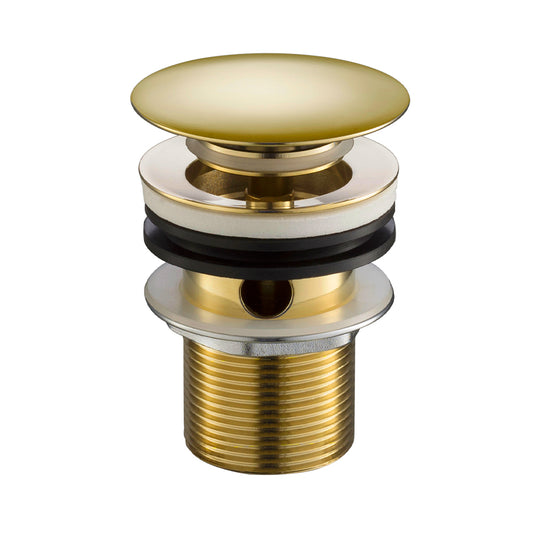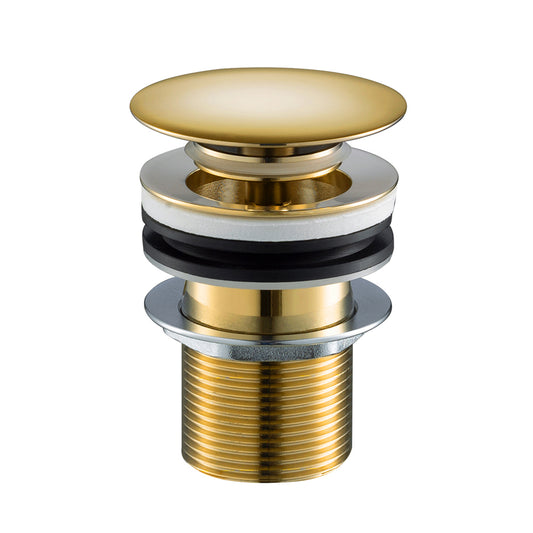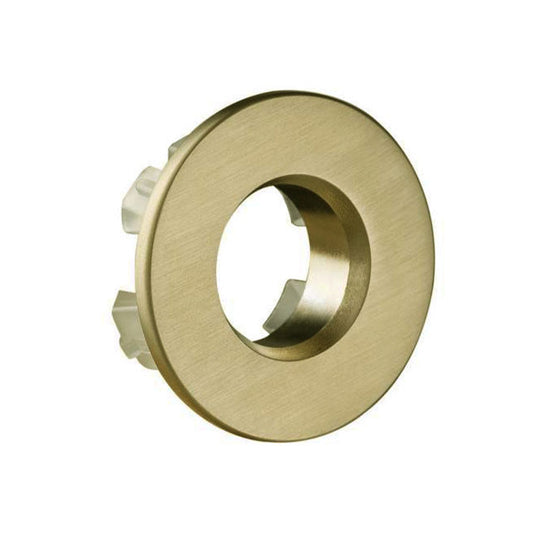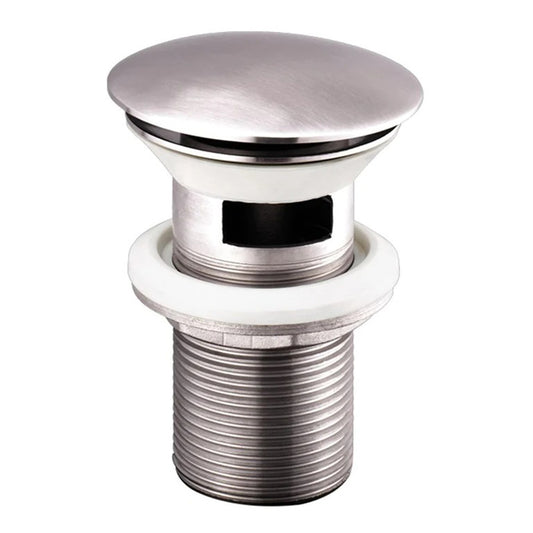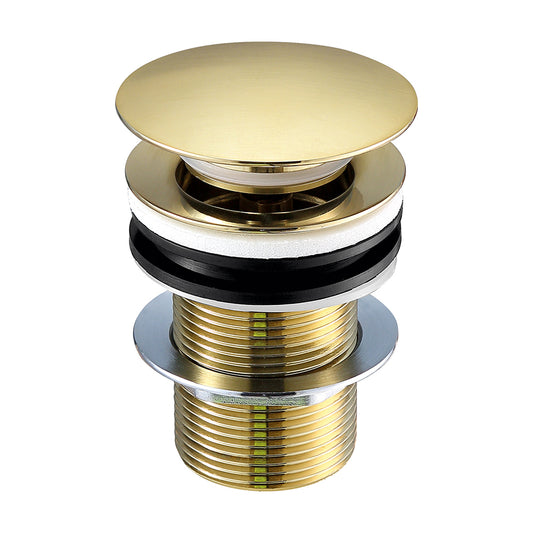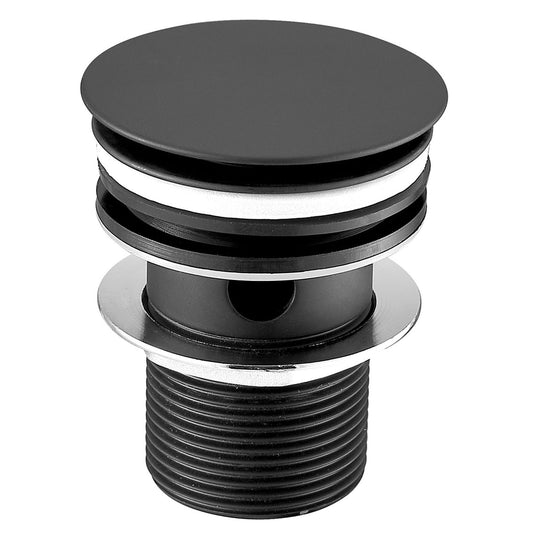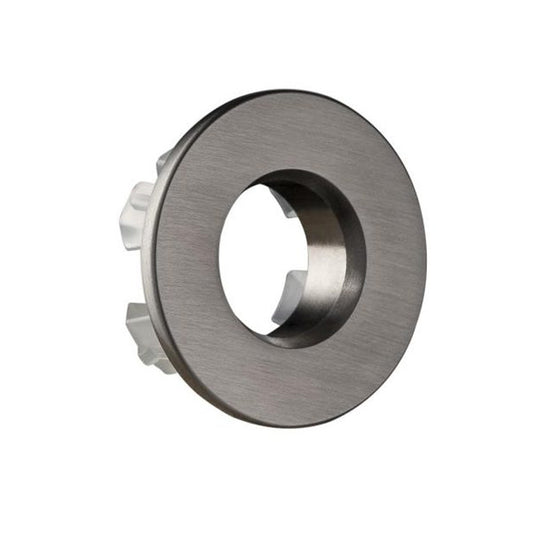Sink Plugs Unveiled: Your Ultimate Guide
Table Of Contents:
-
Introduction
-
Understanding Sink Plugs
-
The History of Sink Plugs
-
Do Sinks Come With Plugs?
-
Types of Sink Plugs
-
Selecting the Ideal Sink Plug
-
What Size Are Sink Plugs?
-
Sink Plug Installation Guide
-
How to Replace a Sink Plug
-
Sink Plug Maintenance and Cleaning
-
Conclusion
Introduction
Sink plugs, though small, are integral to the functionality of kitchens and bathrooms. They enable the retention of water in a sink for various uses, from dishwashing to personal grooming. This guide delves into everything about sink plugs - from their history, types, to their maintenance.
Understanding Sink Plugs
A sink plug, or basin waste plug, is a device used to seal the drain of a sink to prevent water from draining away. It's a simple mechanism, usually made of rubber, metal, or plastic, that fits snugly into the drain hole. By blocking the flow of water, it allows the sink to hold water when needed.
The History of Sink Plugs
Sink plugs date back to times when humans first sought controlled water usage. Originally, materials like wood or stone served as primitive stoppers. The modern sink plug, with its more sophisticated design and materials, evolved alongside plumbing advancements in the 19th and early 20th centuries, reflecting our ongoing innovation in household convenience.

Do Sinks Come With Plugs?
Typically, sinks are sold without plugs. This separation allows consumers the flexibility to select a plug that matches their specific needs, whether it’s for design compatibility, functionality, or preference. It encourages customization and ensures that users can choose a plug that perfectly fits their sink’s design and usage requirements.
Types of Sink Plugs
- Slotted Wastes: These are designed for sinks with overflow systems, allowing excess water to drain away safely.
- Unslotted Wastes: Suitable for sinks without an overflow, providing a complete seal to hold water effectively.
- Pop-Up Wastes: These plugs are operated by a lever mechanism, offering a modern, convenient solution.
- Click Clack Wastes: Operated by a simple push-to-open mechanism, they are easy to use and maintain.
- Plug And Chain Wastes: A traditional choice, offering simplicity and reliability with a rubber plug and metal chain.
- Gated Wastes: These are less common, designed to automatically drain water once it reaches a certain level, preventing overflow.
Selecting the Ideal Sink Plug

Choosing the right sink plug involves considering your sink type, personal preference, and specific needs. For sinks with overflows, slotted wastes are essential. For ease of use, pop-up or click clack wastes might be preferred. Consider aesthetics and functionality to find the perfect fit.
What Size Are Sink Plugs?
Standard sizes for sink plugs and waste pipes typically range from 1 to 1¼ inches. It's crucial to measure your sink’s drain hole and pipe size accurately to ensure a snug fit and prevent leaks. Always check for any non-standard sizes before purchasing a new plug.
Sink Plug Installation Guide
Installing a sink plug involves:
- Removing the old plug (if applicable).
- Cleaning the drain area from any debris.
- Inserting the new plug into the drain hole.
- For plug and chain types, attaching the chain to the designated anchor point on the sink.
- Testing the plug’s seal by filling the sink with water.
How to Replace a Sink Plug

To replace a sink plug:
- Remove the old plug.
- Clean the area around the drain.
- If switching types, ensure compatibility with your sink’s design and overflow system.
- Install the new plug according to the type-specific instructions provided above.
Sink Plug Maintenance and Cleaning
Regular cleaning of your sink plug is essential. Use warm, soapy water and a brush to remove buildup and debris. For metal plugs, avoid harsh chemicals that can cause corrosion. Cleaning the area around the plug also prevents odors and ensures optimal hygiene.
Conclusion
Though small and often overlooked, sink plugs play a vital role in daily routines. By understanding the types, proper installation, and maintenance, you can ensure a seamless and functional sink experience. Whether updating your bathroom or simply replacing a worn-out plug, this guide equips you with the knowledge to make informed decisions in the world of sink plugs.



